Category: Heart
-
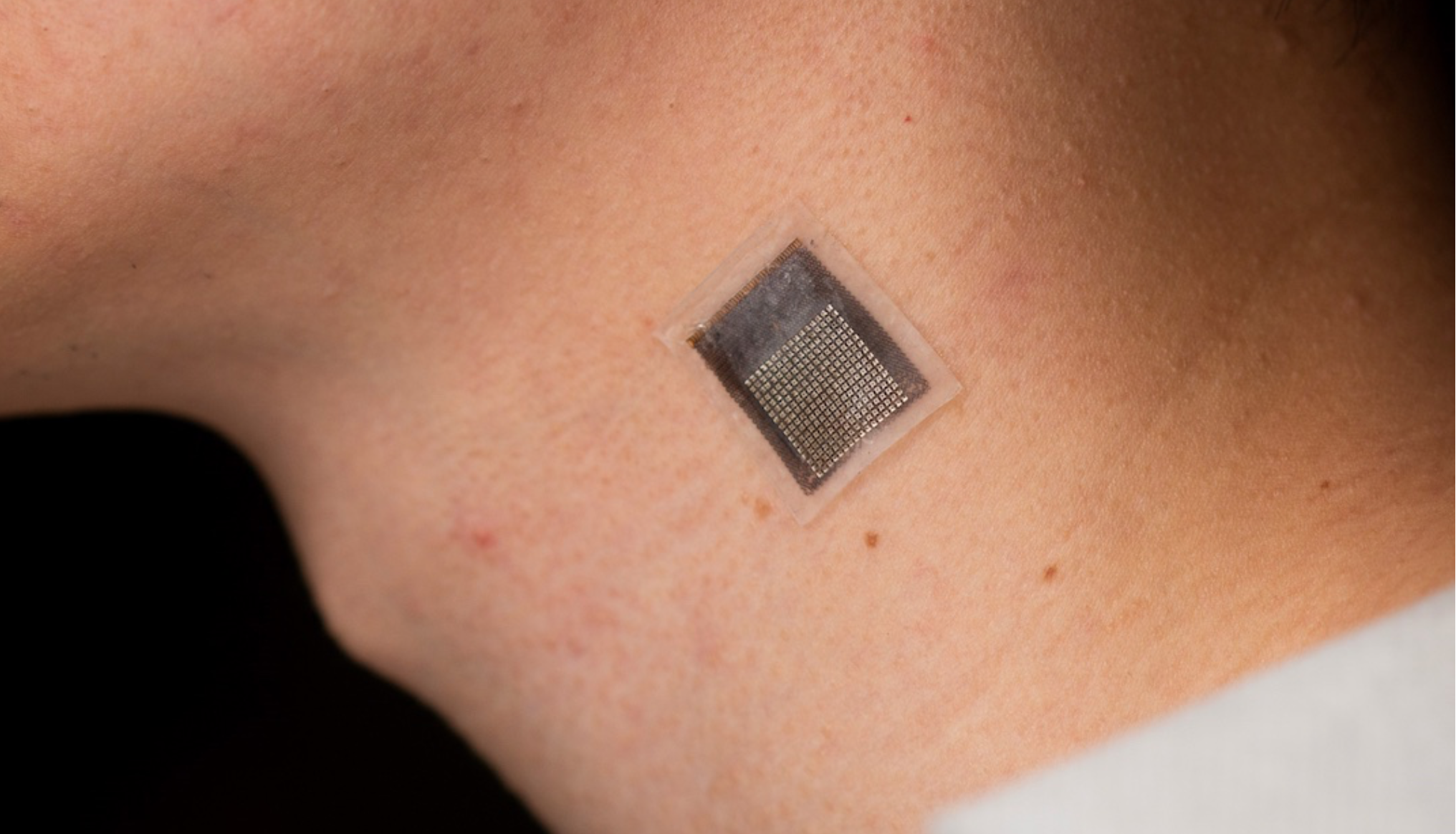
Wearable sensor evaluates human tissue stiffness
Sheng Xu and colleagues have developed a wearable, stretchable device that non-invasively evaluates the stiffness of human tissue, at an improved penetration depth, and for a longer period than, existing methods. An ultrasonic array facilitates serial, non-invasive, three-dimensional imaging of tissues, four centimeters below the surface of human skin, at a spatial resolution of 0.5…
-
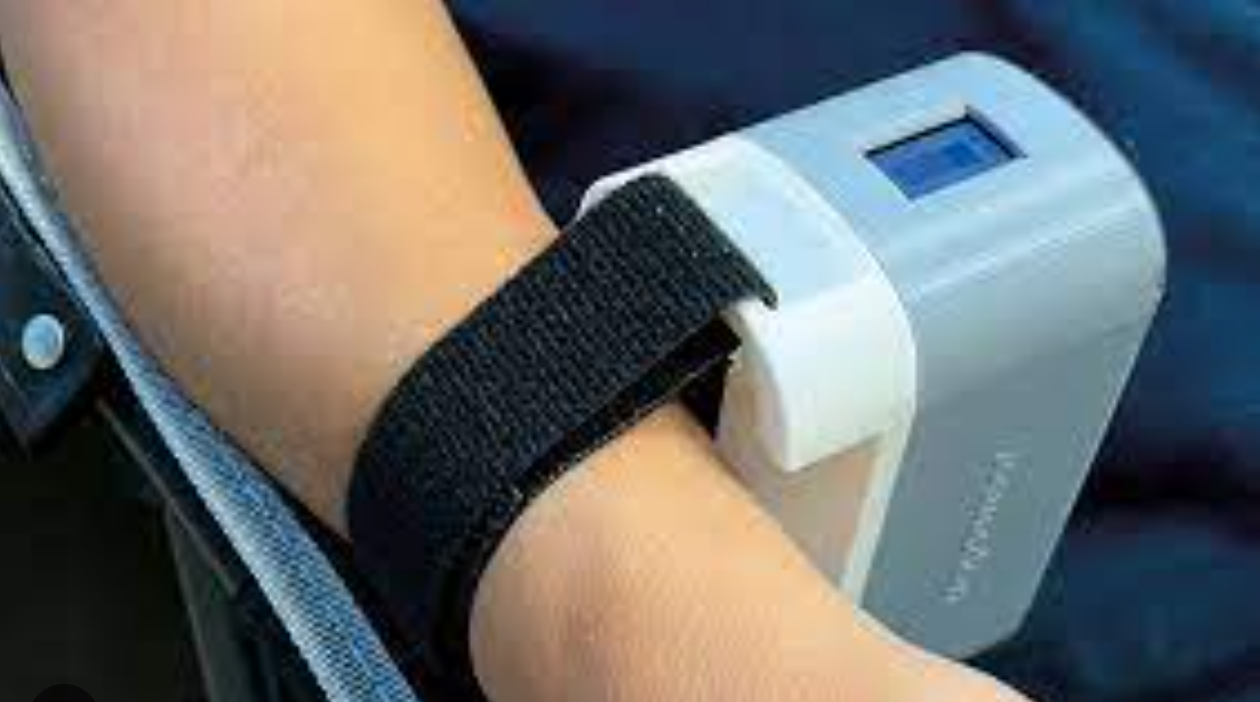
Proof of concept wrist sensor could detect heart-vessel blockage in 3-5 minutes
UW’s Graham Nichol and Harborview Medical Center colleagues studying the reliability of a troponin-detecting, wrist-worn sensor in arriving cardiac arrest patients. Identifying heart-vessel blockage quickly is crucial to ensuring rapid, appropriate intervention. Traditional EKG diagnosis can lack accuracy, and blood testing for troponin can take hours. The novel “Tropsensor,” being commercialized by rce, is designed…
-
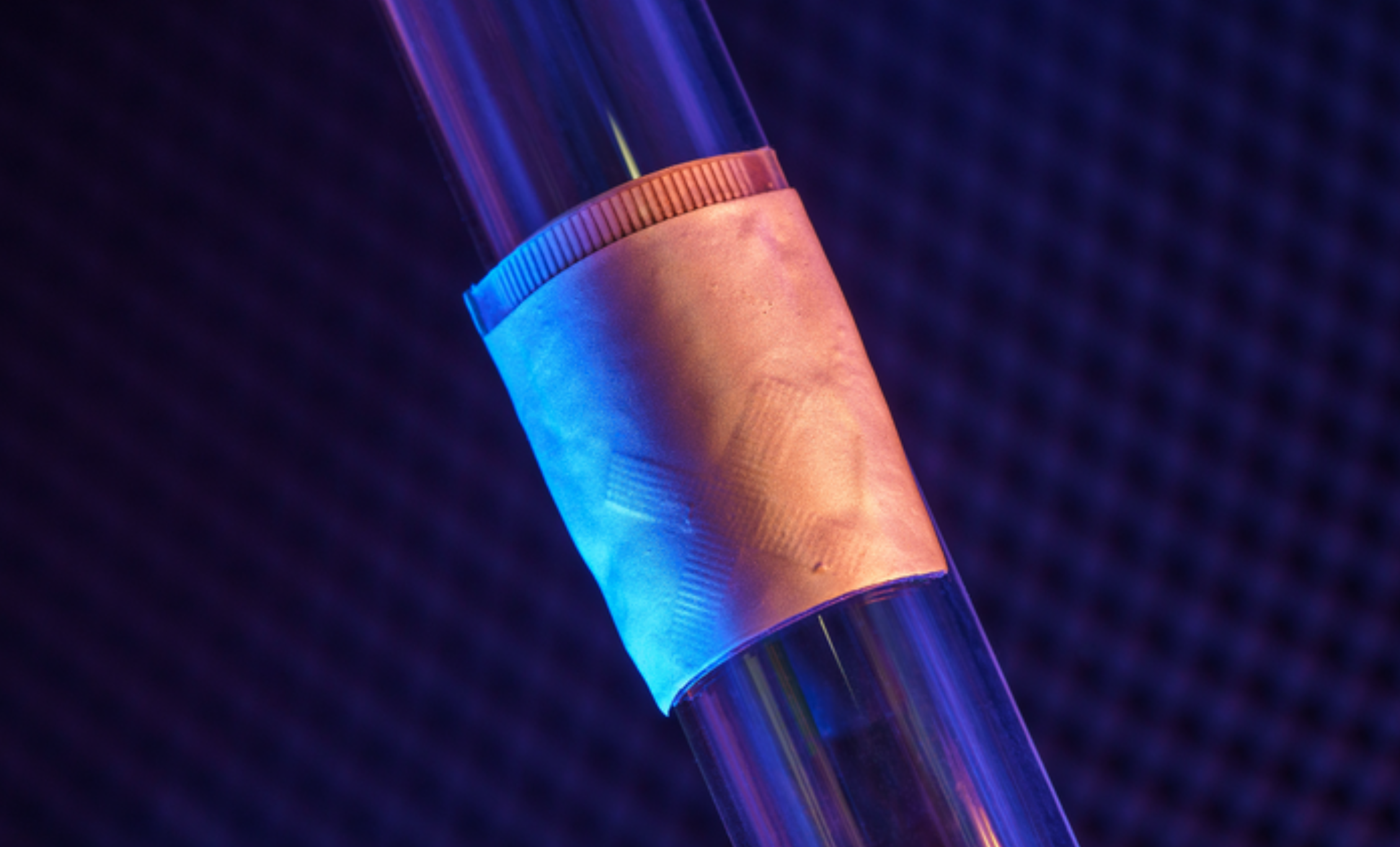
Wearable cardiac ultrasound continuously monitors heart structure, function for 24 hours
UCSD professor Sheng Xu has developed a wearable ultrasound device that can continuously monitor and assess the structure and function of the human heart for 24 hours, during normal daily activity. This could eliminate the need for highly trained technicians and bulky devices. Signs of cardiac diseases are transient and unpredictable, and imaging can detect…
-
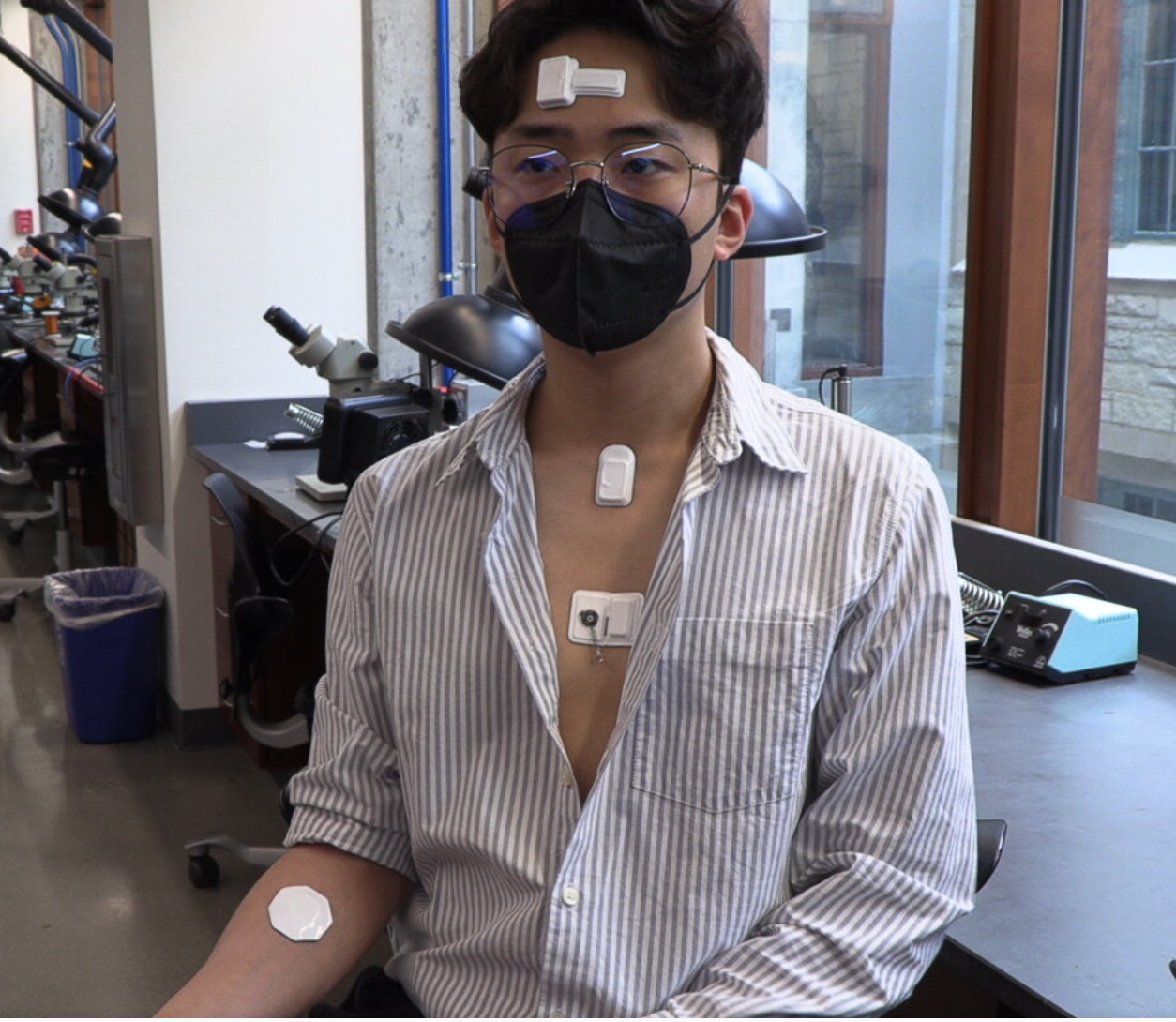
Wearable sensor network informs transient pacemaker
John Rogers and Northwestern colleagues have developed their second generation transient pacemaker, used post cardiac-surgery or for those awaiting permanent pacemakers. The new version, still implantable, wireless, and self dissolving, works with a network of soft wearable sensors, placed around the body. The sensors continuously monitor body temperature, oxygen levels, respiration, muscle tone, physical activity,…
-
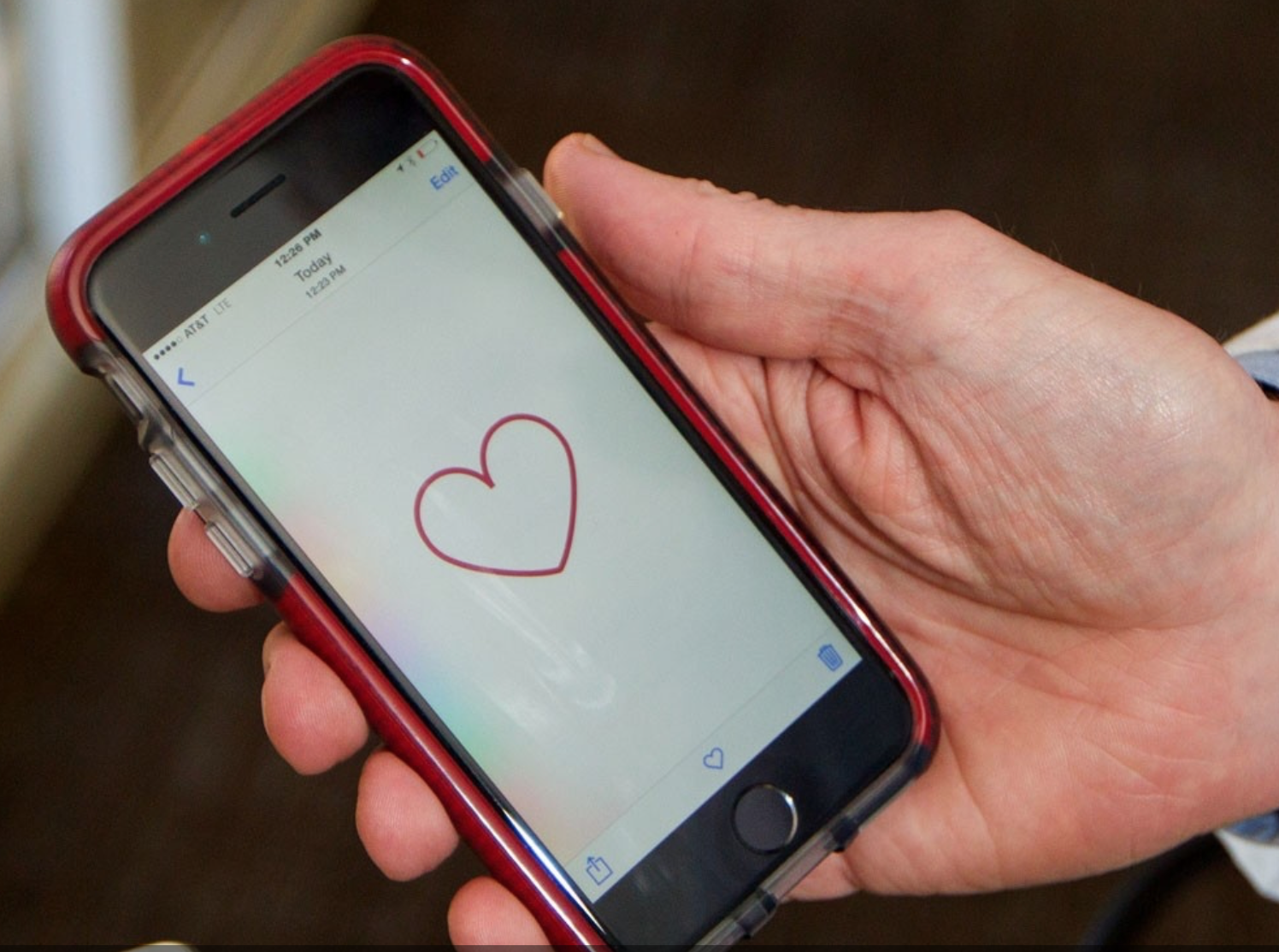
First all-digital clinical trial studies app-driven physical activity interventions
Stanford’s Euan Ashley has conducted an entirely digital clinical trial using the MyHeart Counts app, which is being used for patient recruitment, consent and interventions, and returns data to participants. 1075 participants completed at least one intervention, and 493 completed the entire trial. The higher than normal completion rate was attributed to the ease of enrollment…
-
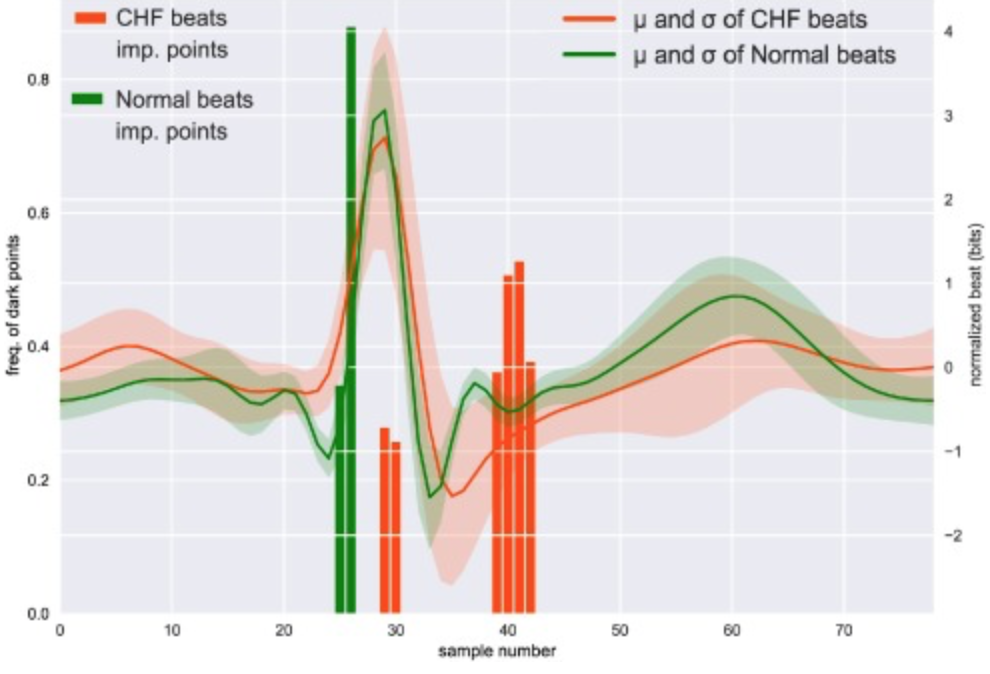
AI detects CHF through analysis of one heartbeat
Sebastiano Massaro at the University of Surrey, Mihaela Porumb and Leandro Pecchia at the University of Warwick, and Ernesto Iadanza at the University of Florence have developed an advanced signal processing and machine learning method to identify congestive heart failure with 100% accuracy through analysis of one raw ECG heartbeat. The CNN model was trained and…
-
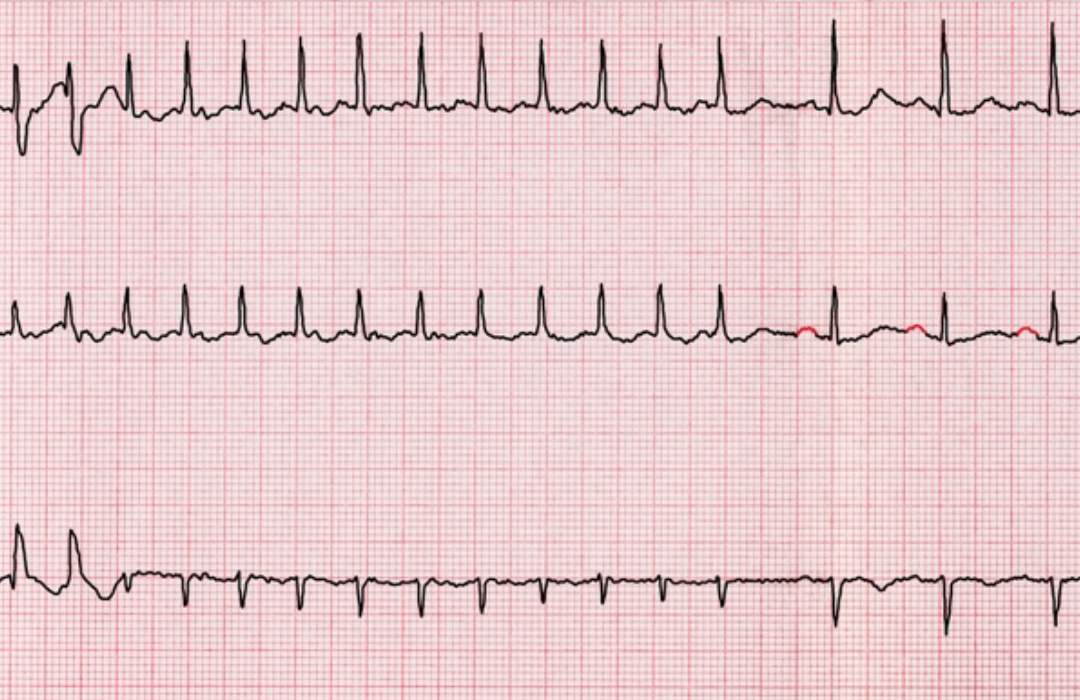
Atrial fibrillation-detecting ring
Eue-Keun Choi and Seoul National University colleages have developed an atrial fibrillation detecting ring, with similar functionality to AliveCor and other watch-based monitors. The researchers claim that the performance is comparable to medical grade pulse oximeters. In a study, Soonil Kwon and colleagues analyzed data from 119 patients with AF who underwent simultaneous ECG and photoplethysmography…
-
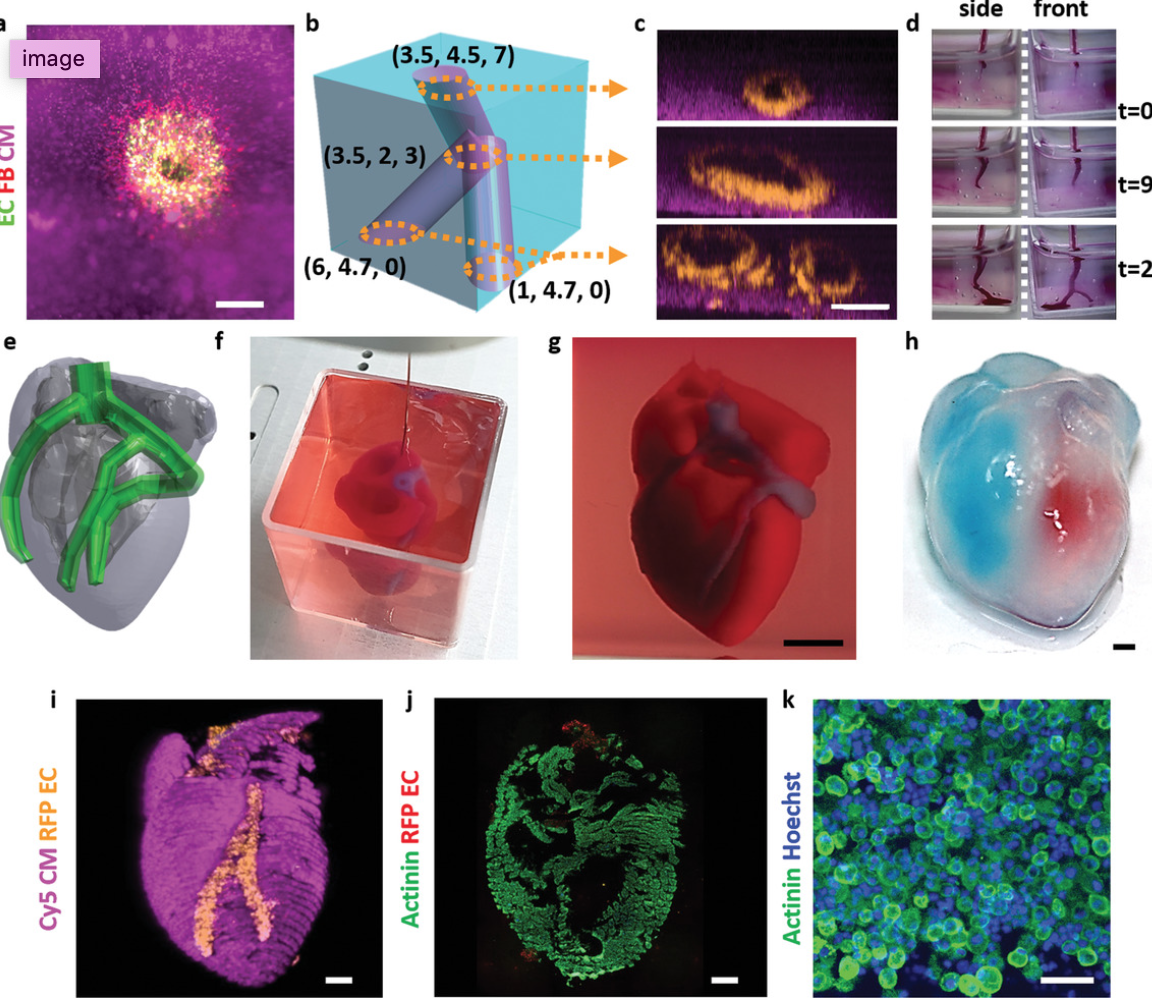
3D printed, vascularized heart, using patient’s cell, biological materials
Tel Aviv University professor Tal Dvir has printed a 3D vascularized engineered heart, including cells, blood vessels, ventricles and chambers, using a patient’s own cell and biological materials. A biopsy of fatty tissue was taken from patients. Cellular and a-cellular materials were separated. While the cells were reprogrammed to become pluripotent stem cells, the extracellular…
-
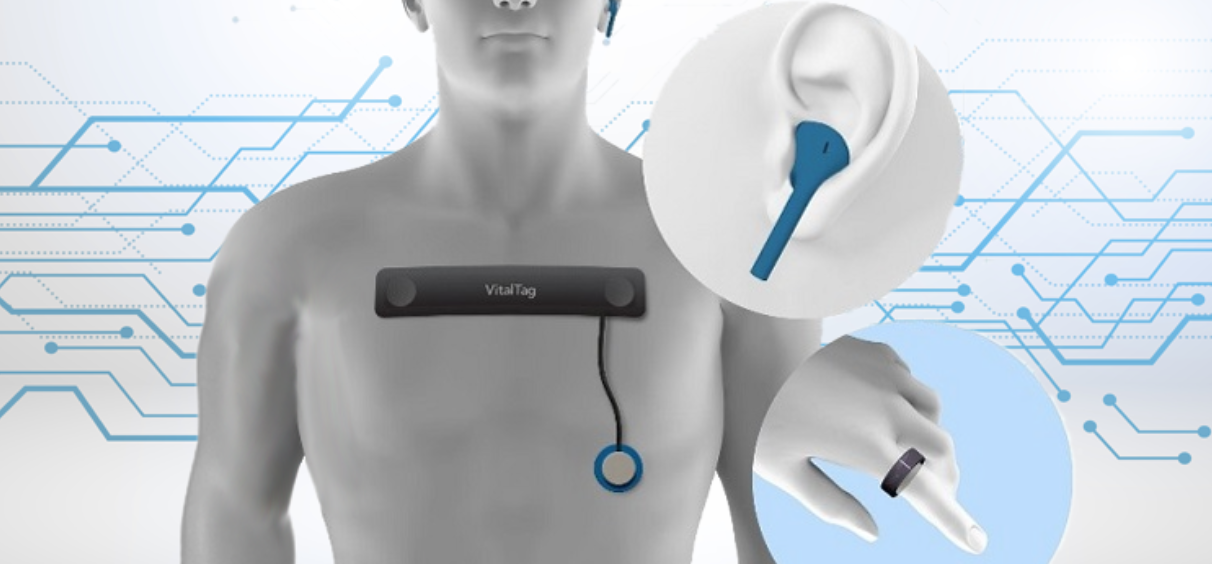
Adhesive emergency response sensors
VitalTag by Pacific Northwest National Laboratory is a chest-worn sticker that detects, monitors and transmits blood pressure, heart rate, respiration rate and other vital signs, eliminating the need for multiple medical devices. It is meant for emergency responders to quickly assess a person’s state. Additional sensors are worn on the finger, and in the ear. Data…
-

Small ultrasound patch detects heart disease early
Sheng Xu, Brady Huang, and UCSD colleagues have developed a small, wearable ultrasound patch that monitors blood pressure in arteries up to 4 centimeters under the skin. It is meant to detect cardiovascular problems earlier, with greater accuracy Applications include continuous blood pressure monitoring in heart and lung disease, the critically ill, and those undergoing…
-

Apple watch detects falls, diagnoses heart rhythm, bp irregularities
The Apple Watch has become a serious medical monitor. It will now be able to detect falls, contact emergency responders, and diagnose irregularities in heart rhythm and blood pressure. Its ECG app has been granted a De Novo classification by the FDA. ECG readings are taken from the wrist, using electrodes built into the Digital Crown and…
-

David Axelrod: VR in healthcare & the Stanford Virtual Heart | ApplySci @ Stanford
David Axelrod discussed VR-based learning in healthcare, and the Stanford Virtual Heart, at ApplySci’s recent Wearable Tech + Digital Health + Neurotech conference at Stanford; Join ApplySci at the 9th Wearable Tech + Digital Health + Neurotech Boston conference on September 24, 2018 at the MIT Media Lab. Speakers include: Rudy Tanzi – Mary Lou Jepsen…